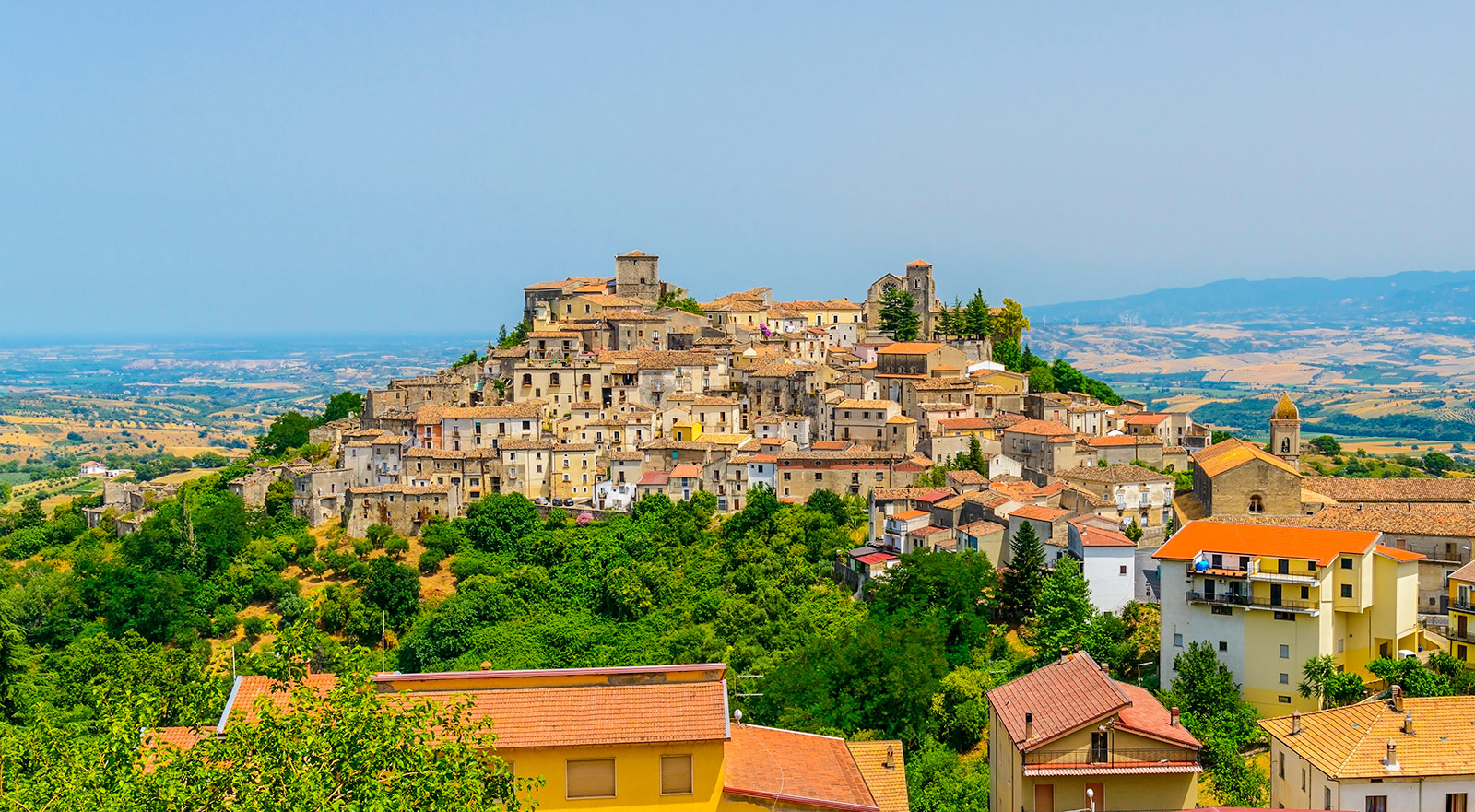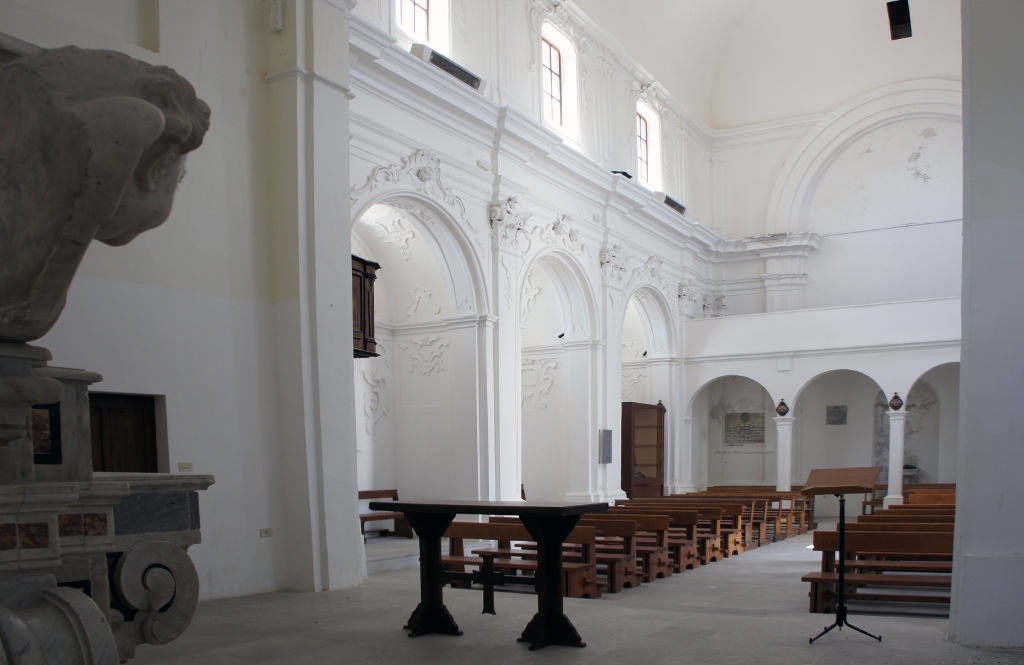It is among the oldest churches in the village. In fact, it is known in the document “Charta venditionis” of December 1182, drawn up by a certain Leo, priest and tabulator of the city. The sacred building, over the centuries has undergone several transformations that have profoundly altered the original appearance.Today the church has a single nave, with side chapels opening by large arches, on whose surface in 1713 the decorative stuccoes were made by the decorators Innocenzo Sassone and Raffaele Morelli.In the presbytery with a flat apse, the lower part of the ancient eighteenth-century altar was mounted, originally located in the Dominican church of Santa Maria della Consolazione. The altar, composed of a canteen supported by massive modiglioni, a two-tiered dossal with central tabernacle, is characterized by marble decorative motifs of seventeenth-century influence, widely used by Neapolitan artists and subsequently developed also in southern Italy.The exterior of the building is characterized by the portal, of evident late-Baroque style, which has some raised cymas and plant elements of particular beauty that make it elegant and give it a particular upward momentum.



